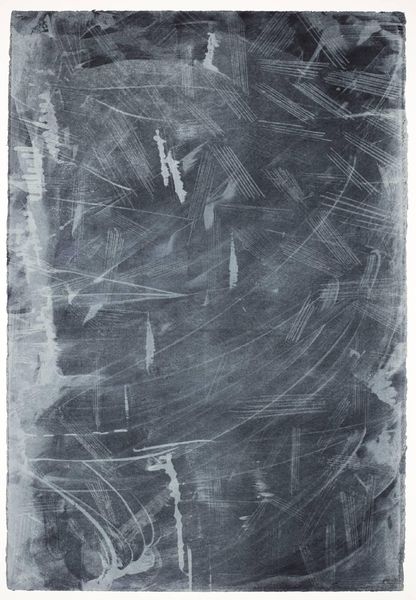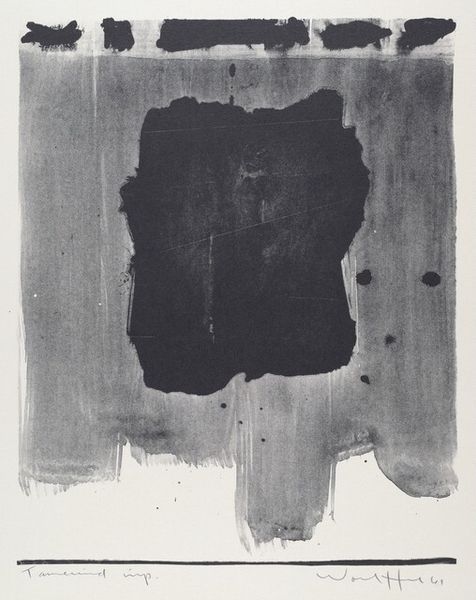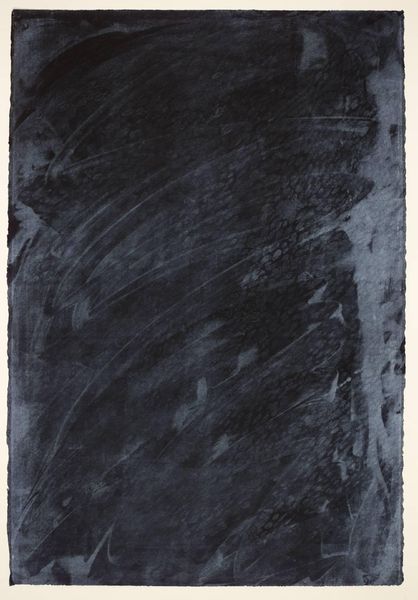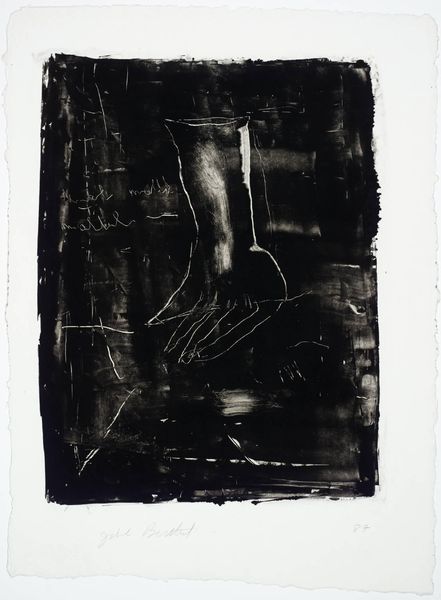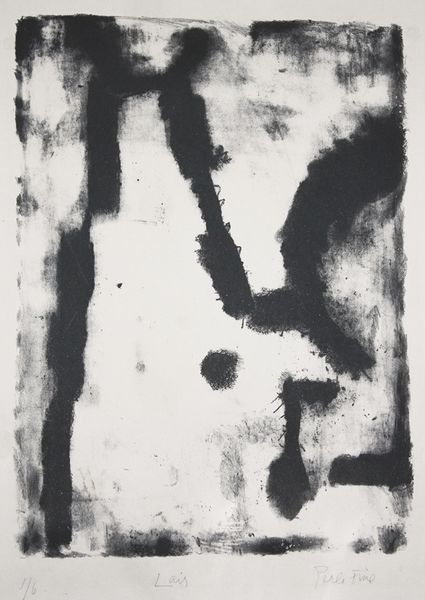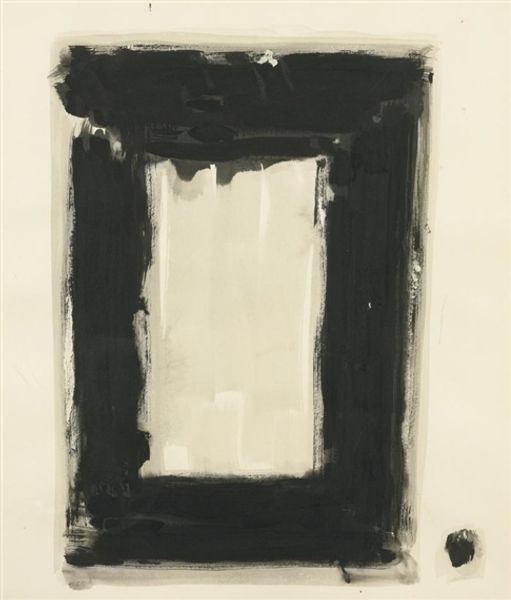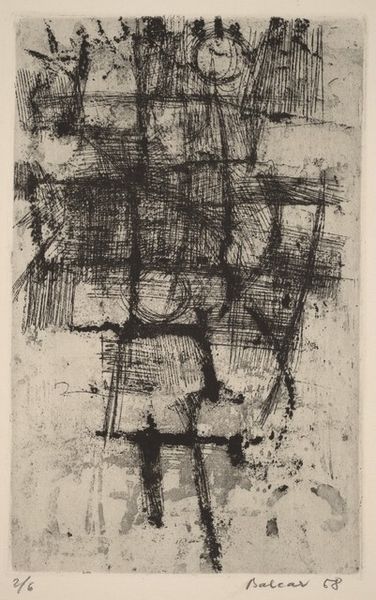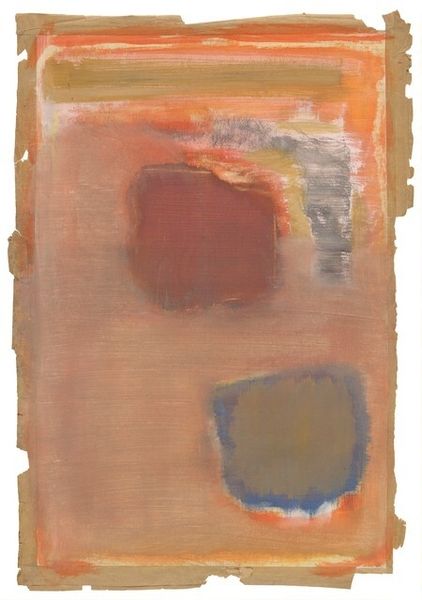
drawing
#
drawing
#
amateur sketch
#
light pencil work
#
quirky sketch
#
pencil sketch
#
old engraving style
#
incomplete sketchy
#
personal sketchbook
#
pen-ink sketch
#
sketchbook drawing
#
sketchbook art
Dimensions: sheet: 27.94 x 21.59 cm (11 x 8 1/2 in.)
Copyright: National Gallery of Art: CC0 1.0
Curator: Rothko’s “Untitled” drawing from 1961 offers an intriguing peek into his process, doesn't it? Editor: It does. It hits me first as a somber landscape—almost post-apocalyptic—rendered with this delicate touch, which feels almost at odds with the intensity. Curator: I love that "delicate touch" assessment. It feels deeply personal, like a glimpse into his most intimate creative musings. Perhaps he wasn’t trying to create something monumental, but simply expressing something profound from his inner world. It’s that balance between lightness and profound darkness that characterizes the work, really. The wash of grays. And the suggestion of a rectangular structure, perhaps his famous stacked forms in embryonic manifestation. Editor: Exactly! The muted greyscale really does feel like a grounding. Knowing Rothko, though, I can't help but see this work as reflective of its time. There's an undeniable sense of existential anxiety in the post-war period, especially with the looming threat of nuclear annihilation. This sketch, almost a desperate attempt to define form within chaos, reads like a visualization of that anxiety. Curator: I see that anxiety, certainly, but it also feels meditative to me. Repetitive motions create a calming effect. Like using those looping lines to find some semblance of order or definition of form against a rather chaotic backdrop. A space of personal resilience being carved out despite it all? Editor: Interesting. I think seeing it as resilience requires reframing what Rothko's art meant to him. Considering the exploitation of the working class and his leftist ideologies, maybe this chaotic form, bound within stark boundaries, speaks about those restrictions as an intellectual idealist struggling within the confounds of the social constructs of capitalistic art? Or an artist trapped by the square canvases which brought him success. Curator: That perspective brings the socio-political into stark relief. To think he continued exploring and challenging his own boundaries, all the while speaking to these complex questions of personal and collective existence... It just adds to the incredible layering of feeling I get from this simple, little piece. Editor: Absolutely. The way an apparently abstract work can tap into historical and socio-economic consciousness shows just how impactful and relevant art from this period still is. It gives a grounding, almost a root, into humanistic social evolution through history.
Comments
No comments
Be the first to comment and join the conversation on the ultimate creative platform.


